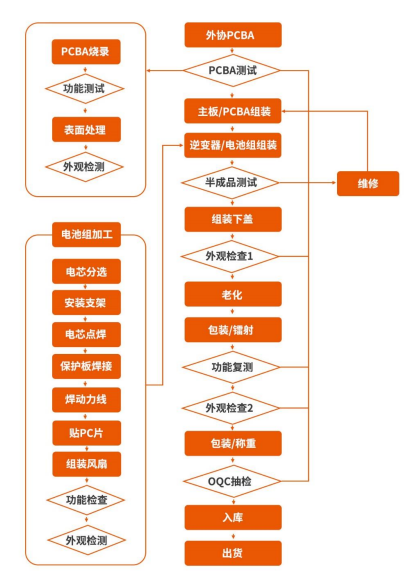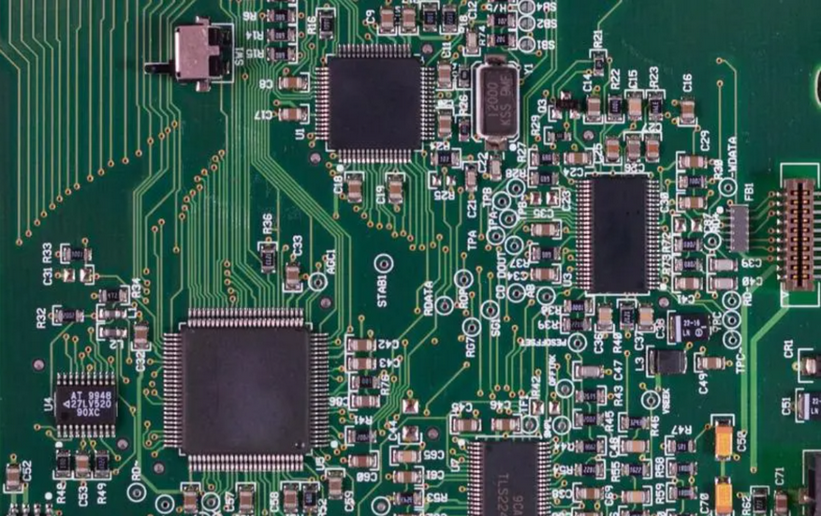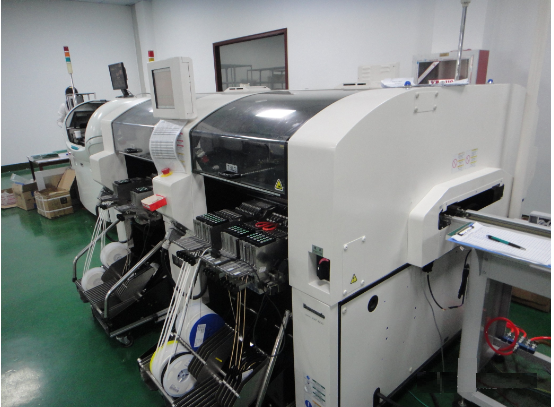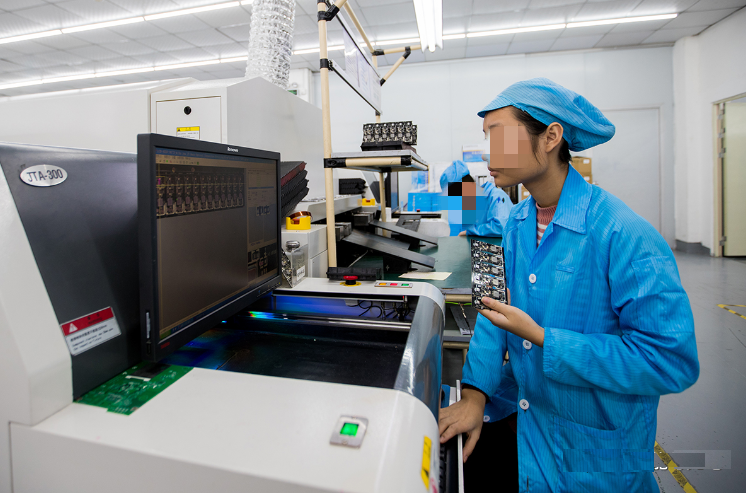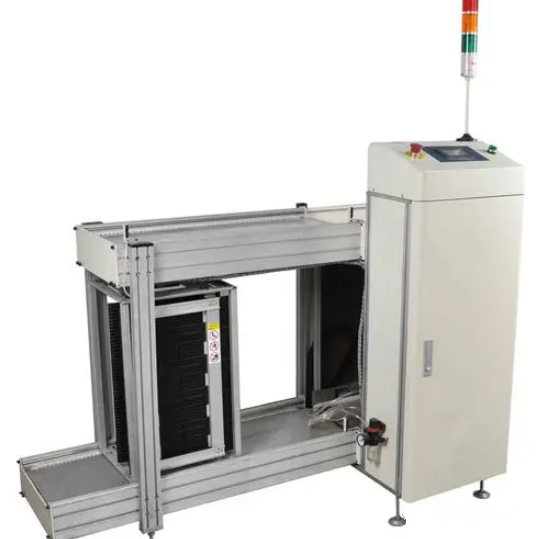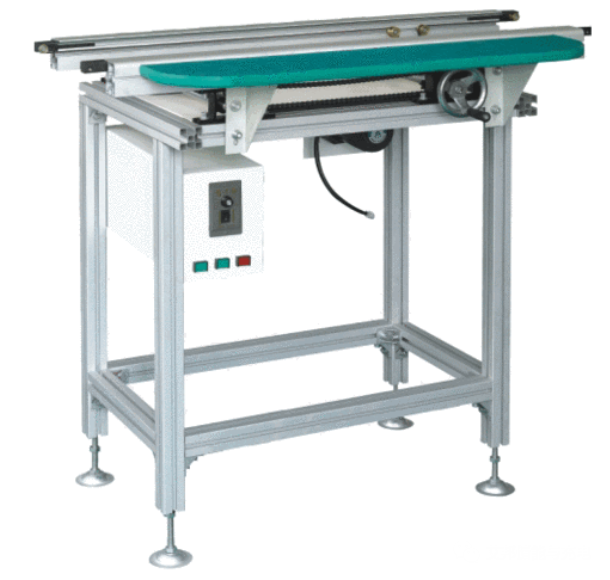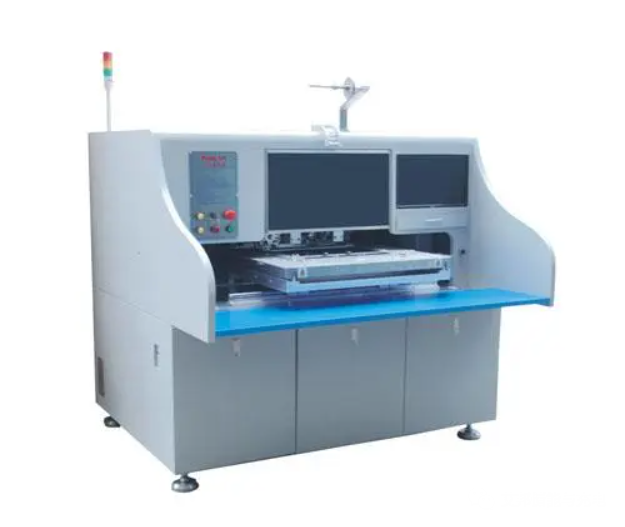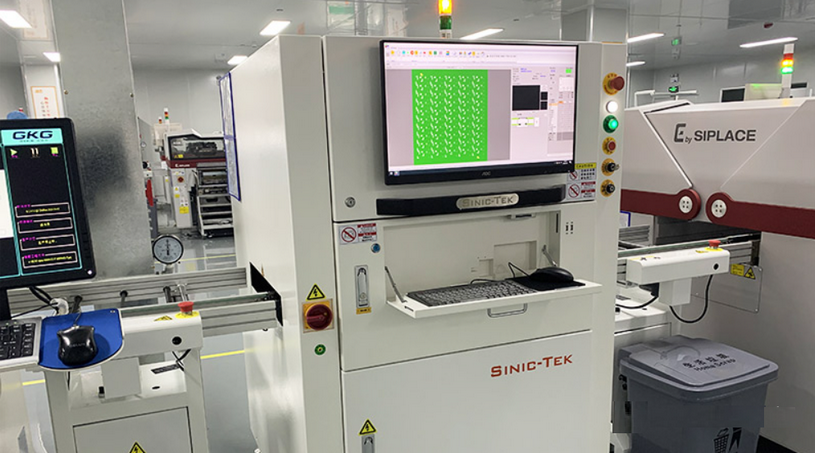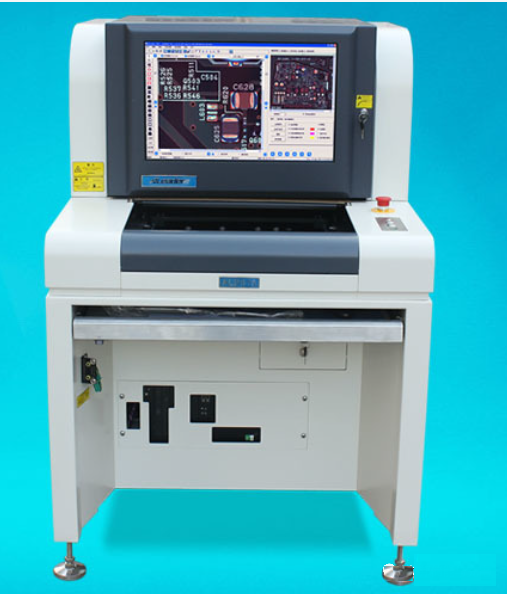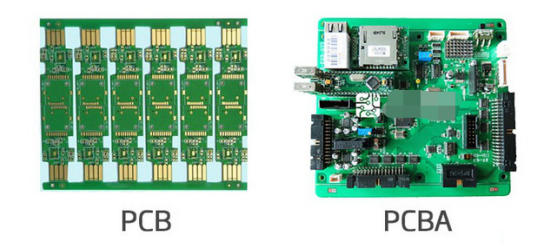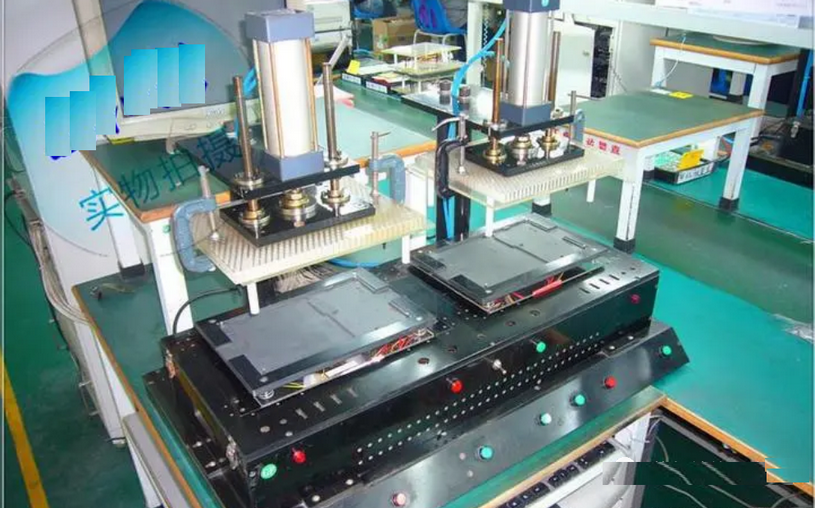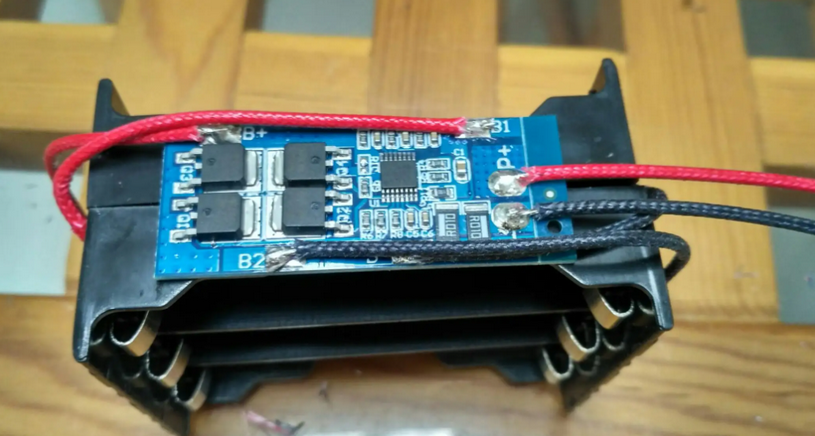| Portable energy storage production process |
| Release time:2023-02-07 09:50:40| Viewed: |
Portable energy storage production process
The production of portable energy storage products can be divided into SMT patch, PCBA test, battery processing, battery pack assembly, aging test, finished product packaging and other links.
The specific flow chart is as follows:
SMT patch
SMT chip refers to the abbreviation of a series of technological processes that are processed on the basis of PCB. PCB (Printed Circuit Board) is a printed circuit board. SMT is the abbreviation of Surface Mounted Technology, which is the most popular technology and process in the electronic assembly industry.
1. SMT patch introduction
It is a circuit assembly technology that installs the surface assembly components without pins or short leads (SMC/SMD) on the surface of printed circuit board (PCB) or other substrates, and then weld and assemble them by reflow soldering or immersion soldering.
In general, the electronic products we use are made of pcb plus various capacitors, resistors and other electronic components according to the designed circuit diagram, so various kinds of electrical appliances need different smt chip processing technology to process.
2. SMT patch process flow
The basic process elements of SMT include: screen printing (or dispensing), mounting (curing), reflow welding, cleaning, testing, repair
1. Screen printing: its function is to leak solder paste or patch adhesive onto the PCB pad to prepare for the welding of components. The equipment used is a screen printing machine (screen printing machine), which is located at the front end of the SMT production line.
2. Glue dispensing: It is to drop glue onto the fixed position of the PCB board, and its main function is to fix the components onto the PCB board. The equipment used is the dispensing machine, which is located at the front of the SMT production line or behind the detection equipment.
3. Mounting: Its function is to accurately install surface mounted components to the fixed position of PCB. The equipment used is the placement machine, which is located behind the screen printing machine in the SMT production line.
Mounter 4. Curing: its function is to melt the adhesive, so that the surface assembly components and PCB board are firmly bonded together. The equipment used is the curing furnace, which is located behind the SMT production line.
5. Reflow soldering: its function is to melt the solder paste and make the surface-mounted components and PCB firmly bonded together. The equipment used is reflow soldering furnace, which is located behind the SMT production line.
6. Cleaning: Its function is to remove the welding residues harmful to human body, such as flux, from the assembled PCB. The equipment used is a washing machine, and the position can be fixed, online or offline.
7. Detection: It is used to detect the welding quality and assembly quality of the assembled PCB. The equipment used includes magnifying glass, microscope, on-line tester (ICT), flying needle tester, automatic optical inspection (AOI), X-RAY detection system, function tester, etc. The position can be configured at the appropriate place of the production line according to the needs of detection.
8. Rework: its function is to rework the PCB board that has detected a fault. The tools used are soldering iron, repair workstation, etc. It is configured anywhere in the production line.
Patch 3. Features of SMT patch
1) Compatibility: support common automatic control equipment, communication interface and communication protocol
2) Scalability: the expansion and upgrading capability of the adaptation system in the future
3) Safety and reliability: with safe and reliable protective measures, fully consider the efficiency matching and buffering between the system and equipment, and take necessary measures to ensure the normal operation of the system and the real-time of the main control of data communication safety.
4) Ease of operation and maintainability: operators can operate quickly and reduce the management, maintenance and operation costs of the system. Based on the requirement of maintenance-free equipment, fully consider the universality of equipment accessories specifications.
4. SMT mounting equipment
Generally, a complete SMT production line generally includes the following equipment: loading machine, printer, docking station, SPI, mounter, plug-in machine, reflow soldering, wave soldering, AOI, X-ray, unloading machine and other equipment. The above equipment is a relatively complete smt wiring list equipment. Different factories can add or delete relevant equipment according to the actual product needs, but the necessary equipment includes printer, mounter, reflow soldering.
Automatic loading machine
Docking station
Plug-in machine
In addition to production equipment, testing equipment is also essential for SMT patches. SMT detection equipment includes SPI solder paste detector, furnace temperature curve tester, AOI optical detector, ICT online tester, X-RAY detection system, ATE test system, etc. SMT peripheral equipment: solder paste mixer, docking station, dividing machine, loading and unloading machine, loading and unloading machine, buffer machine, etc.
SPI solder paste detector
AOI optical detector PCBA test Introduction to PCBA
PCBA=PCB+Assembly, that is, PCB+electronic component assembly process, is called PCBA, which can also be understood as finished circuit board. As follows:
pcb與pcba PCBA Test
PCBA Test refers to the detection of electrical continuity and input and output values of PCBA circuit boards with electronic components.
Why do we need to conduct PCBA test?
In the design of PCB, there are numerical relationships between different test points, such as voltage and current.
However, the process flow of PCBA production and processing is very complex, including many important processes such as PCB manufacturing process, component procurement and inspection, SMT chip assembly, DIP plug-in, PCBA testing, etc. During the production and processing process, various problems may occur due to improper equipment or operation.
Therefore, it is necessary to test the test points with the help of professional test equipment or manually operated multimeter to verify whether the actual PCBA board meets the design requirements and ensure that each product will not have quality problems.
PCBA test is a key step to ensure the quality of production and delivery. The FCT test fixture is made according to the test points, procedures and steps designed by the customer, and then the PCBA board is placed on the FCT test rack to complete the test.
PCBA test principle
Connect the test points on the PCBA board through the FCT test rack to form a complete path, connect the computer and the burner, and upload the MCU program.
The MCU program will capture the user's input actions (such as long pressing the switch for 3 seconds), and control the on-off of the next circuit (such as LED flashing) or drive the motor to rotate through calculation.
The test of the whole PCBA board is completed by observing the voltage and current values between the test points on the FCT test stand and verifying whether these input and output actions conform to the design.
PCBA test type:
PCBA test mainly includes five forms: ICT test, FCT test, aging test, fatigue test and test under harsh environment.
ICT (In-Circuit Test) test mainly includes circuit on-off, voltage and current values, fluctuation curve, amplitude, noise, etc., and does not involve the test of function keys or input and output.
For FCT (Functional Test) test, it is necessary to first burn the written MCU program into the program IC through the burner (such as ST-Link and JTAG), and then simulate the function of the whole PCBA board, for example, after pressing the key, the LED light will be on; Press the two keys at the same time to restore the factory settings and so on. So as to find the problems in the hardware and software, and equip the necessary fixture and test stand for chip processing..
Pneumatic FCT (Functional Test) test Burn In Test is mainly used to simulate user input and output for a long time and periodically for PCBA boards that have burned programs and passed FCT, so as to test their durability and welding reliability. Only electronic products after aging test can be sold in batches.
Fatigue test is mainly to sample the PCBA board, conduct high-frequency and long-term operation of the function, observe whether there is failure, judge the probability of failure in the test, and feedback the working performance of the PCBA board in the electronic product.
The test under harsh environment is mainly to expose the PCBA board to the temperature, humidity, drop, splash and vibration of the limit value, and obtain the test results of random samples, so as to infer the reliability of the entire PCBA board batch.
Battery pack processing
Battery pack processing mainly includes:
1. Cell sorting
Welding of protective plate
Cell sorting
Why should lithium battery cells be sorted?
Inconsistency of lithium battery pack is a continuous accumulation process. The longer the time, the greater the difference between individual batteries; In addition, the lithium battery pack will also be affected by the use environment, and the inconsistency of the single battery will be gradually amplified in the future use process, which will lead to the accelerated degradation of the performance of some single batteries, and ultimately lead to the lack of use function of the battery.
The inconsistency of lithium battery pack is mainly affected by time, and the reasons mainly include two aspects:
1. First of all, there are technological problems and uneven materials in the manufacturing process, which make the material and grade of lithium battery slightly different; After the lithium battery pack is put into use, the electrolyte density, temperature and ventilation conditions, self-discharge degree and charge-discharge process of each battery in the battery pack may be different. The capacity and internal resistance of the same type of battery delivered from the same batch may be different.
Equipment for lithium battery cell sorting
The lithium battery cell automatic sorter can directly select the set open circuit voltage, AC internal resistance and other parameters. And the sorting efficiency is high, 10 channels are sorted together, 9 OK channels and 1 NG channel. The consistency of lithium battery pack is guaranteed.
|



